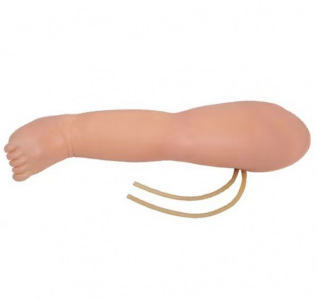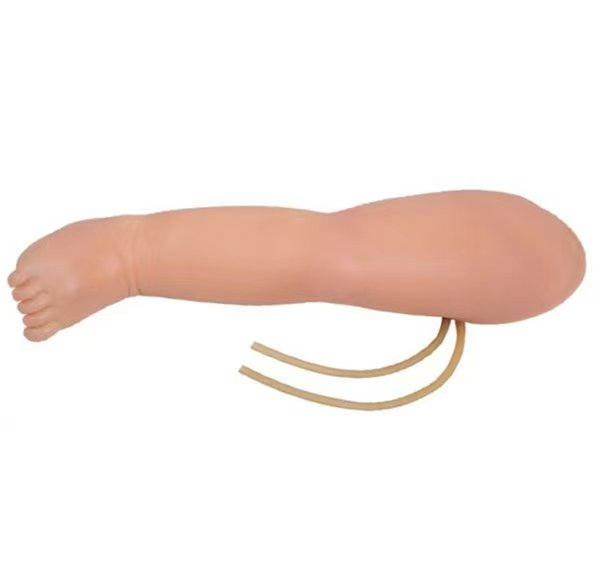ADA MED SUPPLY LIMITED
Phone:+86 19937901373
Tel:+86-0379-65160607
Email:adaanatomy@adaanatomy.com


The infant leg venipuncture model offers many advantages to healthcare professionals in training, but there are also some limitations. The following is a detailed point representation and summary:

advantage
Highly simulated: The infant leg venipentesis model uses advanced manufacturing techniques to highly simulate the leg anatomy of a real baby, including details such as skin, muscle and veins. This high degree of simulation allows medical personnel to get a feel and visual experience close to real operation during training.
Safe and risk-free: Training with a model can avoid any harm to the baby compared to performing the piercing procedure on a real baby. Medical staff can practice repeatedly in a risk-free environment until they have mastered the piercing technique.
Repeatability: The model can be used over and over again, and the medical staff can practice the puncture operation several times until they reach a level of proficiency. This repeatability gives health care workers more practice opportunities and helps them improve their skills more quickly.
Real-time feedback: Some advanced infant leg venipentesis models can simulate the real blood return phenomenon and injection frustration, providing immediate feedback to the medical staff. This feedback can help medical staff to correct errors in time and improve the accuracy and success rate of puncture.
Suitable for different levels: Both beginners and experienced healthcare professionals can be trained using a baby leg venipentesis model. The model can be adjusted according to different levels of demand and meet the training requirements of different stages.
restrict
Differences from real patients: Although the infant leg venipentesis model is highly simulated, there are still some differences compared with real patients. For example, models cannot fully simulate the physiological responses and emotional changes of real patients, which may affect the ability of healthcare workers to cope in practice.
Lack of clinical experience: Training using models, while improving the skill level of healthcare professionals, is no substitute for real-world clinical experience. Medical staff still need to have some resilience and communication skills when dealing with real patients.
Cost and maintenance: High quality infant leg venipentesis models usually require a high cost input. In addition, the maintenance and maintenance of the model also requires a certain amount of expertise and experience to ensure its accuracy and reliability during use.
To sum up, the infant leg venipentesis model has many advantages in training, but it also has some limitations. When using the model for training, medical staff should fully understand its characteristics and limitations, and make reasonable use of it according to the actual clinical needs.